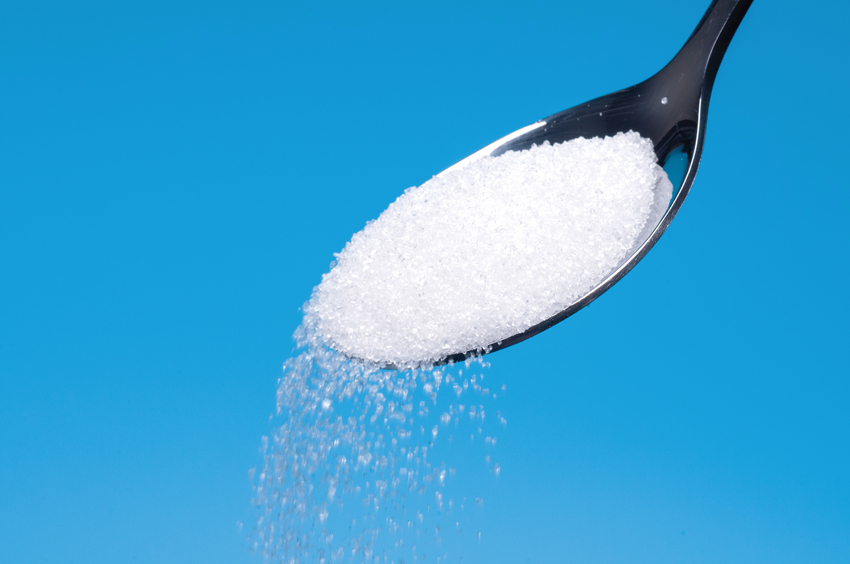
Sugary drinks, candy, and cookiesa��what do all these treats have in common other than being enticing to young children? They can all wreak havoc on a patienta��s teeth. Children are often drawn to tasty sugary drinks and snacks, which can become problematic because it may be difficult for them to understand just how much sugar they are consuming.
According to the World Health Organization, children between the ages of two and 18 should consume fewer than 25 grams of sugar a day. Even though Canada has strict labeling policies for nutritional facts on packaged food products, children likely dona��t know what 25 grams of sugar means or looks like. To help counter this problem, teaspoon sugar labeling hopes to help children visualize exactly how much sugar they are consuming, and when ita��s too much.
If youa��re interested in a dental hygienist career, read on to discover how this new labeling technique could improve your future patienta��s dental health.
Students in Dental Hygienist Training Know Sugar Can Damage Teeth
As you will learn during your dental hygienist training, consuming too much sugar can lead to adverse effects on a patienta��s teeth. When a patient drinks a sugary beverage, the sugar sticks to their teeth. Bacteria in the mouth will then begin to eat away at this sugar, which helps them create an acid that begins to break down the enamel of the tooth. The enamel acts as a protective barrier, and as you will learn during your dental training, once ita��s broken down it doesna��t rebuild. As a result, teeth will become more brittle and tooth decay may start to occur.
Tooth decay and cavities significantly affect Canadian children. Severe tooth decay is one of the leading causes of preschoolers having dental surgery. In fact, a study from the Canadian Institute of Health Information showed that every year about 19,000 children have dental surgery. On top of that, the University of Ottawa states that 60 per cent of kids and teens aged 6-19 have or have had a cavity. With such large numbers, ita��s safe to assume you will see the effects of tooth decay in children firsthand during your career.

Better Labelling Could Decrease Sugar Consumption
By labelling sugar on packaged foods using pictures of teaspoons as measurement, it makes it much easier for children and even adults to understand how much they are consuming. For example, children should only have 25 grams of sugar a day, the equivalent of about six teaspoons. A 12-ounce can of Cola has almost ten teaspoons of sugar. Right away children could see that the one beverage is exceeding their daily limit.
Students in Dental Hygienist Training Can Offer Several Tips to Prevent Tooth Decay
It is important to note that along with proper sugar labelling, dental professionals also need to educate children on the dangers of high sugar intake. After you complete your training at dental hygienist school, you may go on to work under a dentist and assist in providing advice to families and children about how they can keep their teeth clean and healthy.
There are several pieces of advice you can provide to children and their parents about preventing sugar from harming their teeth. First and foremost, you can advise them to not consume too much sugar. If patients do consume more than their recommended intake of sugar, they can use several helpful tips to limit damage. Sugary beverages, for example, can be consumed quickly instead of slowly over a long period of time. This helps reduce the amount of time sugar spends on teeth. After consuming sugary foods or drinks, patients should also wash their mouth thoroughly to rinse out leftover sugar stuck to the teeth. In addition, ita��s recommended that all patients over the age of two brush with a fluoride toothpaste, which can help to prevent tooth damage.
Do you want to learn more about how you can help improve the dental health of Canadians?
Contact The Canadian Academy of Dental Health to discover how you can become a dental hygienist.

